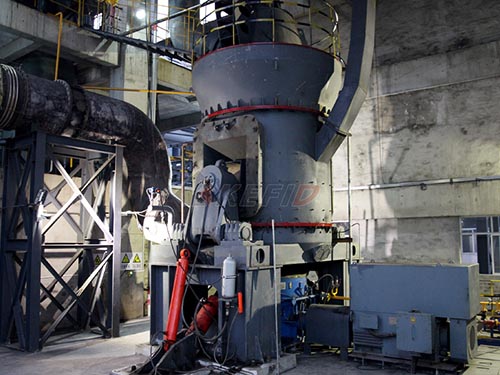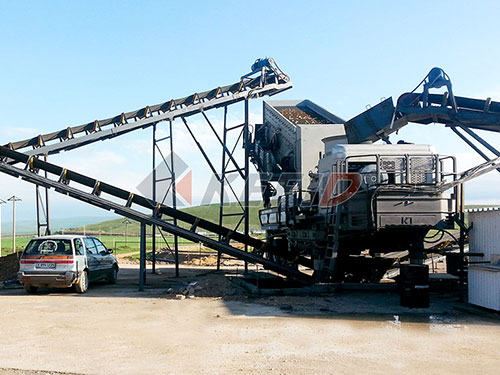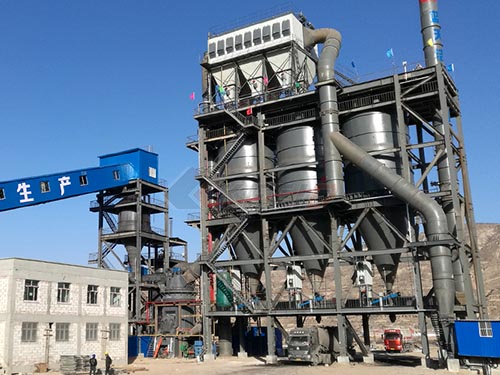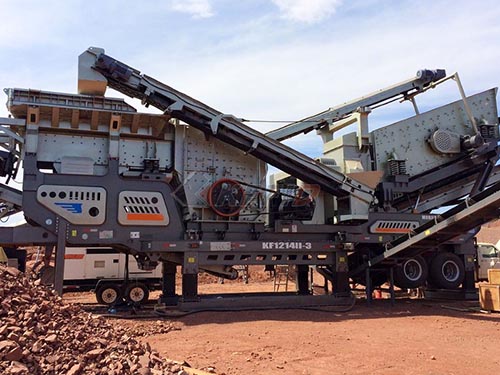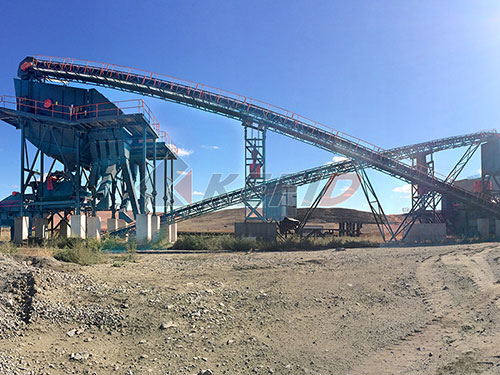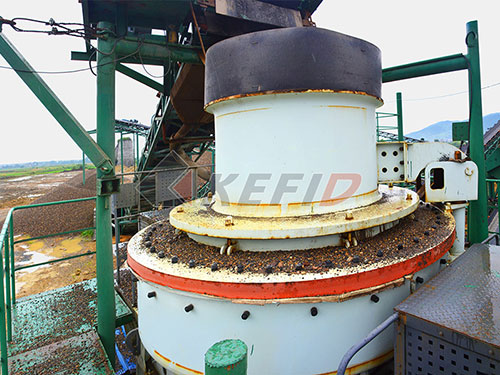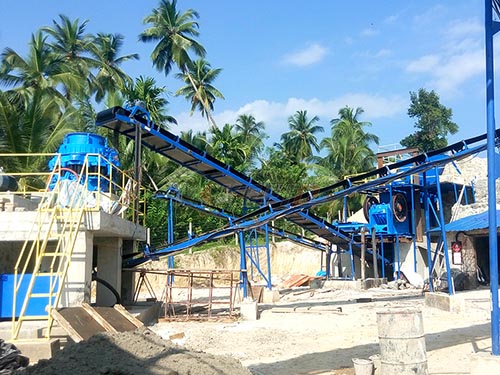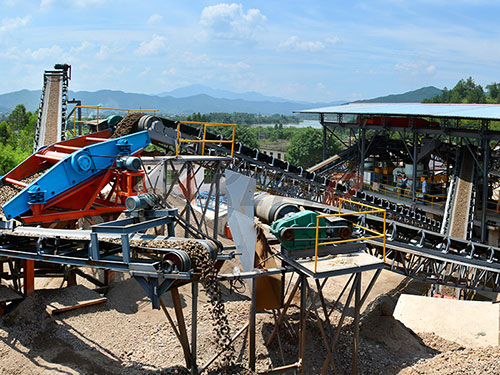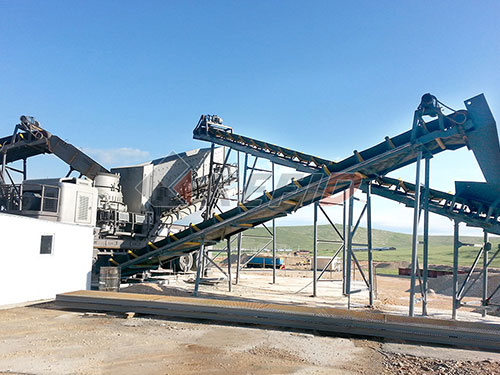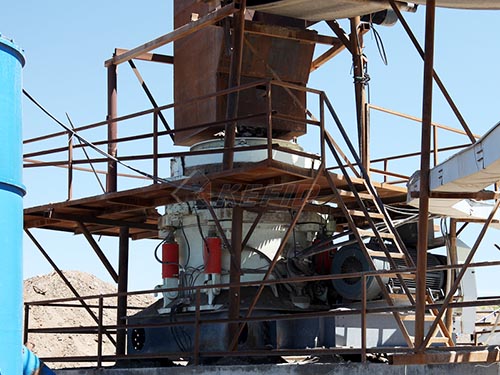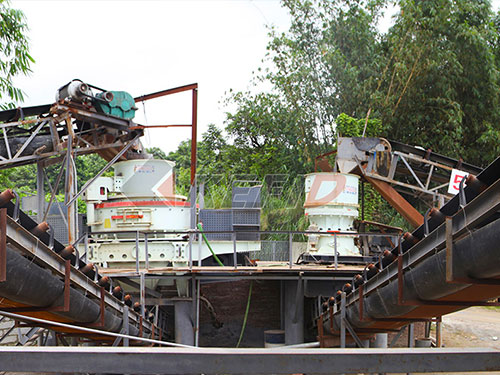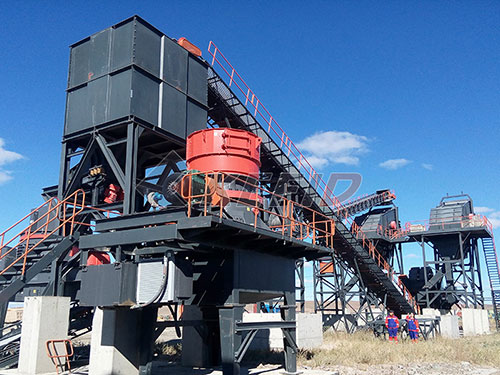The Diamond’s Journey Begins Here: Masters of the Mine’s First Crush
Deep within the heart of a diamond mine, long before glittering gems grace display cases, a crucial and often thunderous process unfolds. Amidst the raw, excavated earth and towering piles of kimberlite ore, colossal machines stand as silent sentinels – the diamond crushers. These are not mere rock smashers; they are the vital first step in liberating nature’s hardest substance from its rocky prison, setting the stage for every diamond’s journey.
Why Crush? The Liberation Imperative
Kimberlite, the volcanic rock that carries diamonds from deep within the Earth’s mantle to mineable depths, is incredibly tough. Diamonds themselves, while famously hard, are typically scattered sparsely within this dense matrix. Extracting them whole and undamaged requires a meticulous approach:
1. Size Reduction: Massive chunks blasted from the pit walls are far too large for efficient processing downstream. Crushers systematically reduce this ore to manageable gravel-sized pieces.
2. Liberation: Crushing physically breaks apart the kimberlite rock surrounding individual diamonds or diamond-bearing fragments. This initial liberation is essential for subsequent recovery processes.
3. Preparing for Concentration: Downstream plants use methods like dense media separation (DMS), X-ray sorting, or grease tables – all requiring feed material within a specific size range for optimal efficiency and diamond recovery.
The Heavyweights: Crushers at Work
Mines deploy robust crushers designed for extreme duty:
Primary Crushers (The Jaw Breakers): Often massive jaw crushers or powerful gyratory crushers stationed near the pit rim or underground draw points. These titans accept truckloads of raw ore directly from mining operations (sometimes boulders several feet across) and perform the initial brute-force reduction, breaking it down to roughly 6-10 inch fragments.
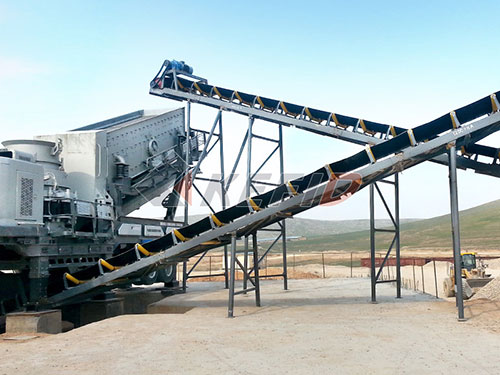
Secondary Crushers (Refining the Crush): Cone crushers frequently take over next. They receive the primary crushed material and further reduce it to smaller sizes (often 1-2 inches). Cone crushers offer more control over the final product size through adjustable settings.
Tertiary Crushers (Fine Tuning): For processes demanding even finer feed material, high-pressure grinding rolls (HPGR) or specialized cone crushers might be used in a tertiary stage to achieve precise sizing crucial for maximum diamond liberation in later concentration stages.



